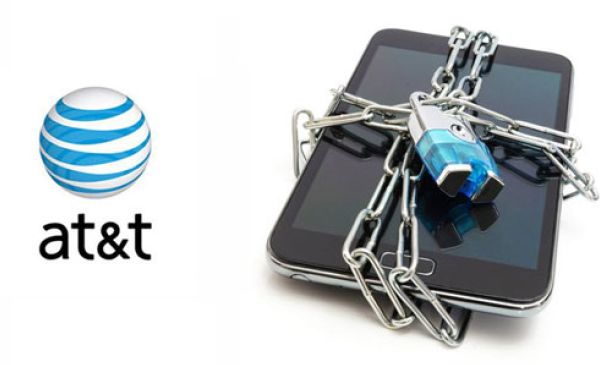
When it was launched in the US in 2007, the iPhone was locked into the AT&T network. The only way to own one was by signing a contract with the carrier. The deal allowed AT&T exclusive rights to the handset and ensured that Apple could maintain premium prices and claim an unprecedented 15% of the operator’s revenues from each user. Apple repeated the arrangement with O2 in the UK and Orange in France.
But this ground-breaking strategy also created the perfect conditions for a parallel or ‘grey’ market. This middle ground, between a brand’s official ‘white’ sales channels and the clearly illegal black market in counterfeit or stolen goods, offers genuine products through non-official channels.
Within hours of launch, the internet was awash with offers of unlocked iPhones that would work with any SIM. It is estimated that a quarter of the 5m iPhones sold to date have been through the grey market – more than four times the number officially sold in Europe. But it’s not surprising when you review the factors that turned the iPhone into the perfect grey-market product.
First there was Apple’s attempt to maintain exclusivity. Using a single operator in each market ensured maximum control of the offer to the consumer, but it also increased the potential for grey-market activity. The more control a company tries to exert over the way its brand is retailed, the more likely grey markets are to emerge.
The product’s international rollout was also a factor. The company wanted to stagger the launch, partly because of the limited number of handsets that were initially made available to consumers and partly to maximize the impact in each country. With today’s global markets, however, it is almost impossible to prevent consumers in one market from accessing a product in another.
Apple’s international marketing strategy also attempted to extract different prices from different countries. Again, this makes sense in theory, but grey markets flourish in the spaces between different prices. The currency fluctuations of the past 12 months made this situation even more attractive as iPhones became better value to Asian grey-market entrepreneurs, who were buying them in US dollars but selling them on in Chinese Yuan.
Apple also encouraged the grey market by using multiple retail channels. If it had allowed consumers to buy the phone only through operator channels, where a fixed 18-month contract would have been a stipulation for purchase, the grey market would have been restricted. So why did Apple insist its stores would also sell the iPhone, thus enabling consumers to get the handset without an operator contract?
The straightforward answer is that Apple wanted to showcase the sexy new phone in its own stores to drive sales and ensure brand consistency. The more suspicious marketer might also suggest that it wanted a bit of grey-market action to boost sales and spread its uber-cool, premium status around the world.
Whatever the reasons, with the iPhone’s price now set to drop and the number of operators and international markets set to expand, the grey market is about to be replaced by the white.
30 SECONDS ON … GREY-MARKET SALES OF THE IPHONE
– Some reports suggest that many grey-market sellers were buying their iPhones direct from the Chinese factories that manufacture the device – a different, but equally common, source of grey-market products.
– In an attempt to curb grey-market sales, Apple limits the number of iPhones a consumer can buy.
– It has also attempted to limit the grey market by offering a series of software updates that added new features to the handset. When owners of iPhones bought on the grey market tried to download the updates, the software locked the phones, rendering them useless.
– Apple has a goal of selling 10m iPhones by the end of 2008. While grey-market sales count in the tally, the loss of subsequent share of sales from network usage on the approved mobile network could cost Apple up to $500m (£253m) in lost revenues.
The Blake Project Can Help: Accelerate B2C and B2B Brand Growth Through Powerful Emotional Connections
Branding Strategy Insider is a service of The Blake Project: A strategic brand consultancy specializing in Brand Research, Brand Strategy, Brand Licensing and Brand Education





2 comments
Dan Butterfield
June 13, 2008 at 3:15 pm
You noted that there were reports of iPhones being sold to the black-market directly from the factories. Can you provide source info for these reports? Did these reports appear in print? Were they first hand reports?
mark ritson
June 15, 2008 at 2:13 pm
Dan,
There have been several reliable sources quoting the grey market sources coming from Chinese factories. The first one I came across was Businessweek, Feb 12th 2008:
“Some of the iPhones on the gray market may be leaking out from points closer to the source: the big Chinese factories where they are assembled. One distributor says he believes his China-based source gets iPhones from factory workers. One of this distributor’s suppliers recently gave him an internal Apple document showing the schematics of the original iPhone, as well as repair instructions. The most likely explanation is an Apple employee or contractor stole the documents, possibly to sell to would-be unlockers.”
Mark
Comments are closed.